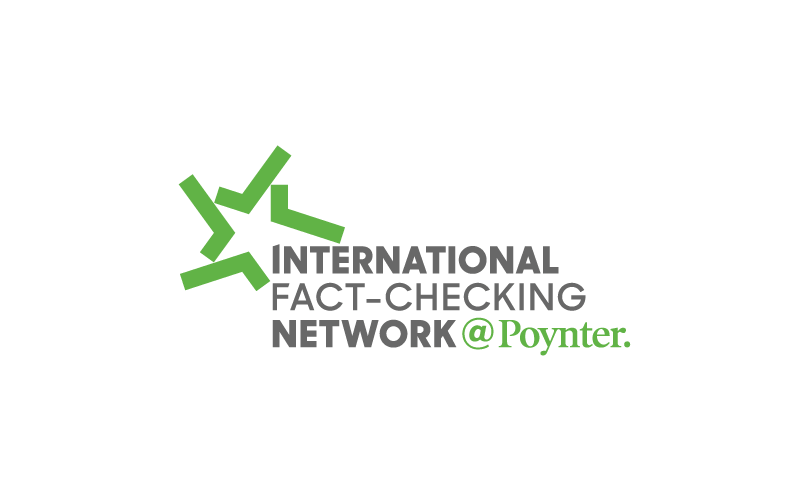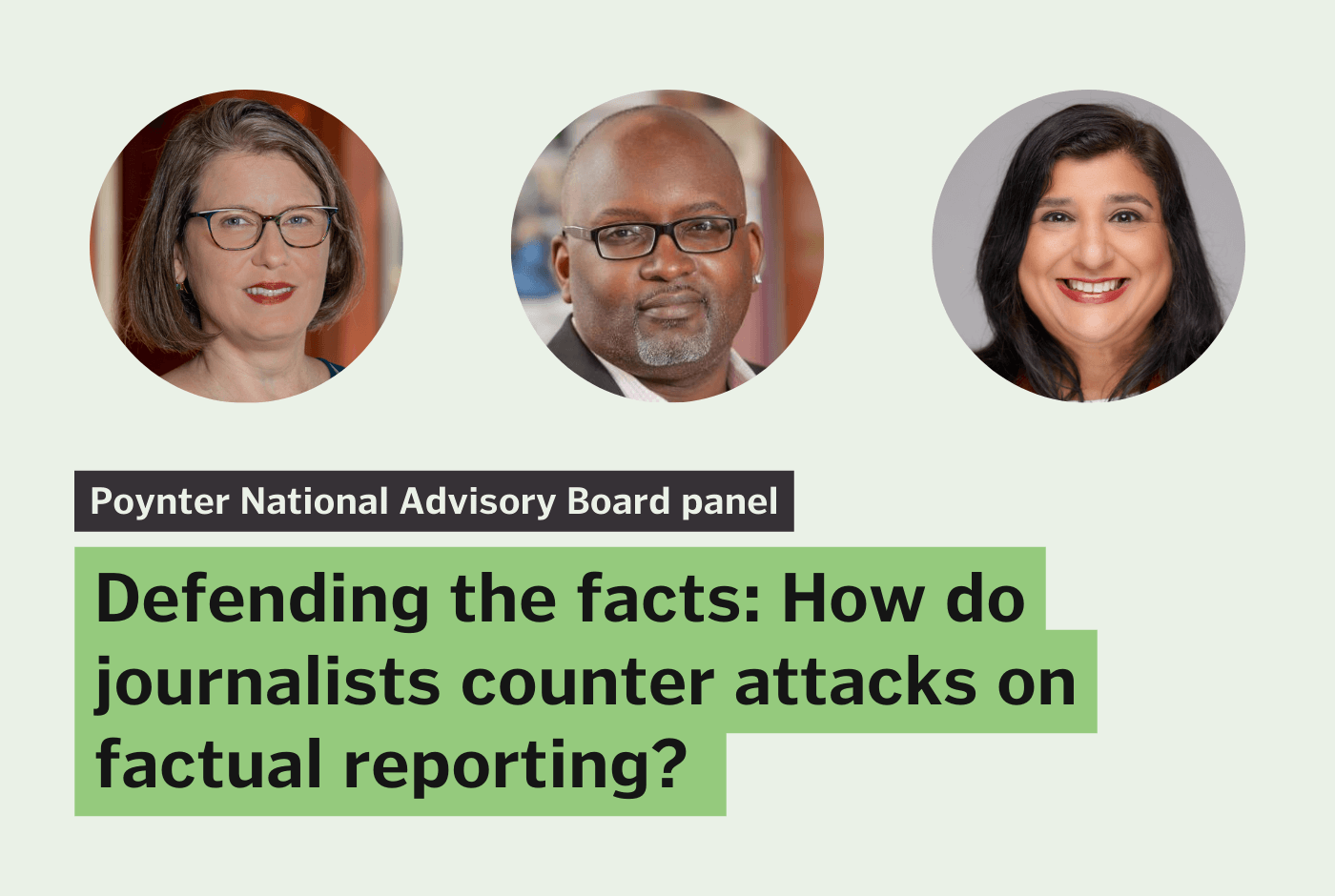This article first appeared in Poynter’s Cohort newsletter. Subscribe to The Cohort to join a community of women in media who aren’t afraid to break the rules.
This past week hit a tipping point for mainstream newsrooms. The New York Times published a sensationalized op-ed that threatened to endanger lives; the editorial page editor resigned. Variety’s editor-in-chief stepped down after members of her newsroom pointed out that she wasn’t doing enough to promote diversity. The Philadelphia Inquirer executive editor bowed out after the paper published a headline that purported that buildings mattered more than Black lives. Some Pittsburgh Post-Gazette editors refused to let a Black reporter cover the protests, claiming that she had already expressed her opinion in a tweet.
Though the biases laid bare by these incidents were not surprising, the fact that many editors faced public scrutiny might be a sign (finally) of changing times.
According to Pew, American newsrooms do not reflect the U.S. at large — 77% of employees are non-Hispanic white. They are also more likely to be male — 61% are men, compared with 53% of all U.S. workers. Journalism’s gatekeepers are older and whiter.
Pew also reports that younger newsroom employees have greater racial, ethnic and gender diversity than their older colleagues. Yet, even this change isn’t fast enough. For example, Vox.com, a much younger publication, still doesn’t reflect the U.S. at large.
This is why we’re seeing the rise of new publications — such as Blavity, Remezcla, or SupChina — created by folks who don’t feel served by mainstream media. It’s also one of the reasons I built my own newsroom.
Before I started The Juggernaut — a publication that reports on South Asia and its people around the world, with a focus on the South Asian diaspora in the U.S. — I did a lot of research. The first thing I noticed when I spoke to journalists was how much they wanted something like this to exist. They would constantly pitch stories about their communities to editors, only to be told that the stories were too “niche” or that “nobody would care.”
It was clear that to create a newsroom from the ground up, it certainly shouldn’t look like what it did before.
Larger audiences aren’t always better
Some of the most popular funding models for new media companies — venture (or Kickstarter) capital, grants, ads — incentivize larger, broader audiences. (Much of this capital still goes toward non-minority founders.) Stories off the beaten path or about minority communities are easy to dismiss.
At The Juggernaut, we didn’t want our editorial vision to be sacrificed in the pursuit of chasing universality or clicks. We opted for a subscription business model, which can often be a more sustainable path in serving a more targeted audience or a specific community.
To serve this very audience, we needed to capture the voices of our community, which forced us to be thoughtful about our newsroom from the beginning. The result? Our editorial leadership is 100% non-white. Over 90% of our freelance journalists are people of color; over 80% identify as female.
That doesn’t mean to say we’re done — the work of building a diverse news organization never really ends.
Diversity isn’t just racial diversity
The definition of diversity changes based on the context of the audience you serve.
For a publication catering to South Asian stories, we also have to ask ourselves: Are our writers and sources diverse when it comes to their religion? Their sexual orientation? Their socioeconomic background? Their gender? Their political views? Their country of origin? Their current city?
To answer these questions, we measure writer stats (bearing in mind what our writers will share with us). One key lesson in my business school accounting class: “You can’t control what you can’t measure.”
Can’t hire? Find new freelancers (and listen to their pitches)
During downturns, publications tend to cut their freelancer budgets. But even a modest freelancer budget (for, say, one guest writer a month) helps diversify the usual roster of voices. Use that opportunity to ask people for referrals to writers you don’t know. When new writers pitch and you don’t understand why a story might be interesting, do more research. Before saying “no,” ask: What do they see that I don’t? Loop in guest editors with fresh eyes if you need.
Never be done
The results often speak for themselves — it’s important to have a pulse on reader engagement. For each article, we track views, clicks on the subscribe button, and subscribes. This allows us to test our editorial hypotheses: Which articles surprisingly worked, surprisingly didn’t, and performed just as we thought? When you close the feedback loop, it gives you more confidence to commission new ideas and new writers.
We also speak to eight to 10 customers every week for 30 minutes each (some are surprised we reach out!) to understand who they are, what they want to read, what we did well, and where we need to keep improving.
This work is exhausting. Not everyone will be happy with you at any moment of time — but you can keep getting better, even if it isn’t immediately visible.
Keep listening.
For additional insights, community and ongoing conversations about women in digital media, sign up to receive The Cohort in your inbox every other Tuesday.






